
Choosing the right equipment for your manufacturing process is crucial for the success and efficiency of your business, and when it comes to production, plastic injection machines are often at the forefront of this decision. With a wide array of options available, selecting the best type of plastic injection machine can significantly affect output, quality, and overall operational costs. This blog will guide you through the essential factors to consider when evaluating plastic injection machines tailored to your specific business needs.
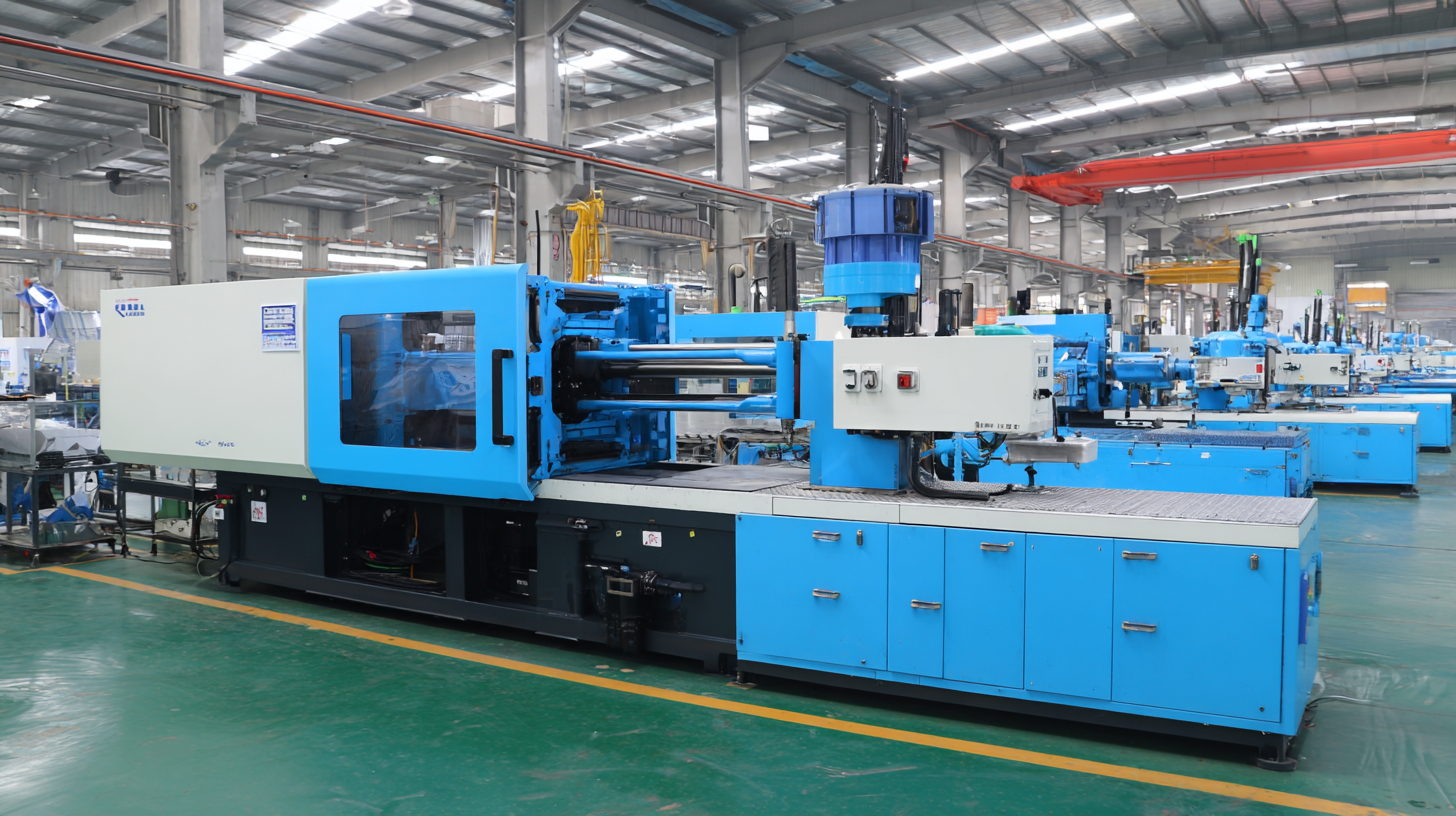
From understanding the different types of machines and their capabilities to considering factors such as production volume, material compatibility, and automation features, we will provide valuable insights to help you make an informed decision. By the end of this guide, you will be better equipped to select the best plastic injection machine that aligns with your goals, enhancing productivity and driving growth in your operations.
When selecting a plastic injection machine, several key factors must be taken into account to ensure it aligns with your business needs. One primary consideration is the type of material you plan to use; for example, Liquid Injection Molding (LIM) and Liquid Silicone Rubber (LSR) have specific requirements that differ from traditional thermoplastics. According to market reports, the LIM and LSR injection machine market is projected to grow significantly, from a valuation of $159.5 million in 2024 to approximately $283.83 million by 2032, indicating a strong annual growth rate of 7.47%. This rapid growth underscores the increasing demand for advanced machinery capable of handling these specialized materials.
Another critical factor is the machine's capacity and throughput. Businesses should assess their production volume and efficiency needs, as different machines offer various sizes and production speeds. Additionally, energy efficiency and ease of use are vital attributes that can impact long-term operating costs. As manufacturers increasingly prioritize sustainable practices, the selection of an energy-efficient machine can not only reduce operational expenses but also align with corporate responsibility goals. Proper evaluation of these factors will empower businesses to make informed decisions, optimizing both their manufacturing processes and overall productivity.
When selecting a plastic injection machine, it's essential to understand the various types available and their specific applications. Common types include
standard injection molding machines, multi-material machines, and medical-grade machines.
Standard machines are often used for producing a wide range of everyday plastic items, while multi-material machines allow for the creation of more complex products with different materials combined in one process.
Medical-grade machines are critical for producing components that meet stringent hygiene standards, particularly in the biomedical field.
Tips for choosing the right machine include assessing your production volume and product complexity. If your business requires high volumes, a
standard injection machine may be sufficient; however, for complex designs or multi-material requirements, investing in
advanced machines can significantly enhance your production capabilities. Additionally, consider the potential for future expansion. A machine that can accommodate new technologies, such as in-mold sensors for enhanced data acquisition, is vital in adapting to the evolving manufacturing landscape driven by trends like Industry 4.0.
Another important factor is the energy efficiency of the machines, as this can significantly impact operational costs. Opting for energy-efficient models will not only reduce expenses but also align your business with sustainable practices. By thoroughly evaluating these aspects, you can ensure your investment meets both current and future needs.
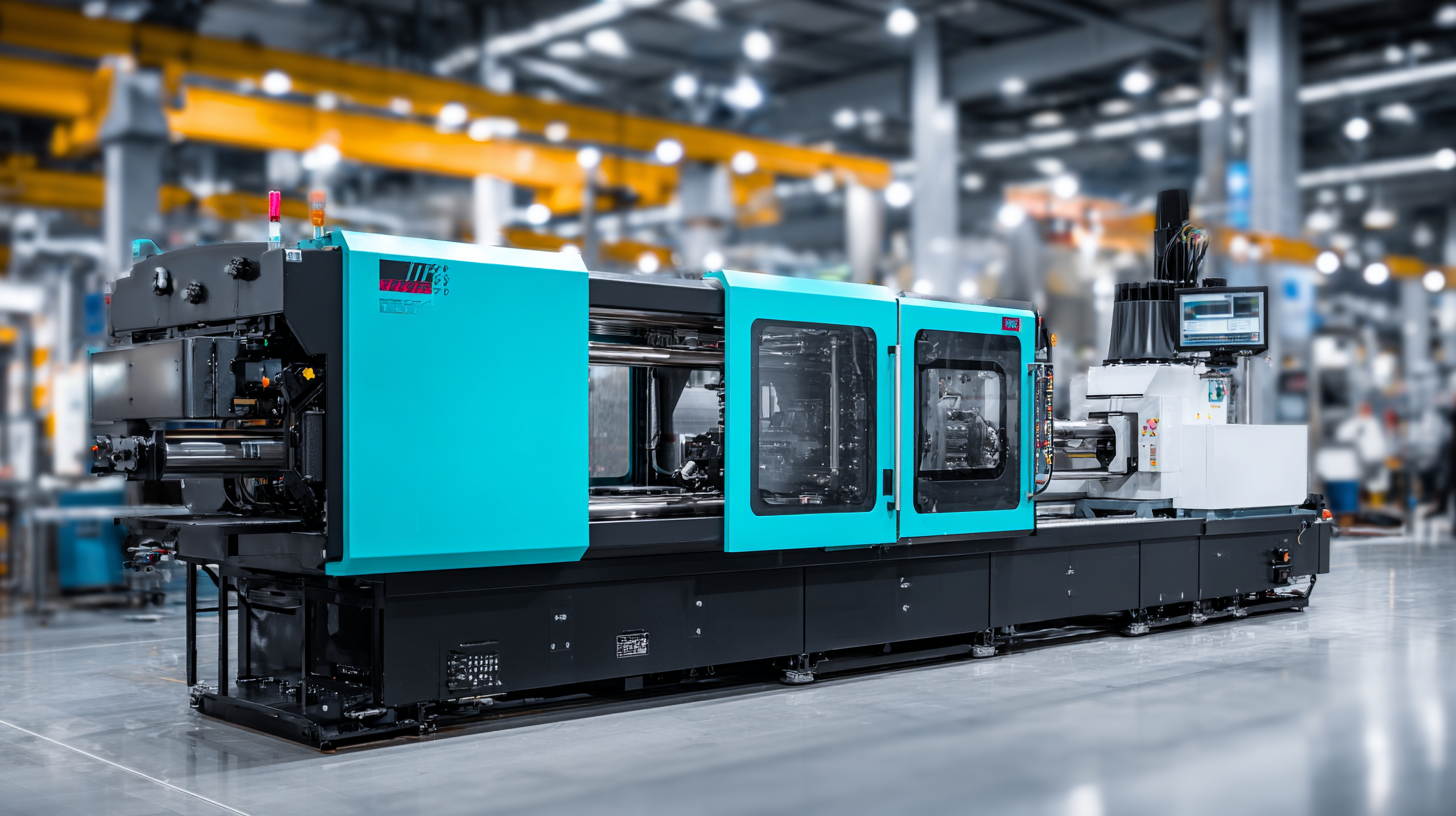
When selecting a plastic injection machine, understanding how machine size and capacity impact production efficiency is crucial. An appropriately sized machine not only ensures optimal performance but also enhances productivity significantly. According to a report by the Plastics Industry Association, production efficiency can experience a 20% increase when using machines that are appropriately sized for the parts being produced. This is because machines that are too small may struggle to maintain pressure and temperature, resulting in defective products and increased cycle times.
Additionally, the capacity of a plastic injection machine is directly linked to its throughput. A larger capacity machine allows for higher volume production, which is essential for businesses looking to scale. Statistics from a study conducted by Global Market Insights indicate that companies utilizing machines with a larger tonnage can achieve up to 30% more output while maintaining quality. This efficiency not only reduces operational costs but also shortens delivery times, giving businesses a competitive edge in the market. Thus, evaluating machine size and capacity is vital for enhancing both production efficiency and overall profitability.
When selecting a plastic injection machine, evaluating the automation and control features is crucial for aligning the equipment with your business needs. Modern injection machines come equipped with advanced automation technologies that can significantly enhance production efficiency and reduce labor costs. Automatic loaders, robots for part handling, and integrated cooling systems minimize manual intervention and optimize the cycle time. Businesses should assess their production volumes and complexity of operations to determine the level of automation required. For those scaling up production or managing varied product lines, investing in fully automated systems can provide a competitive edge.
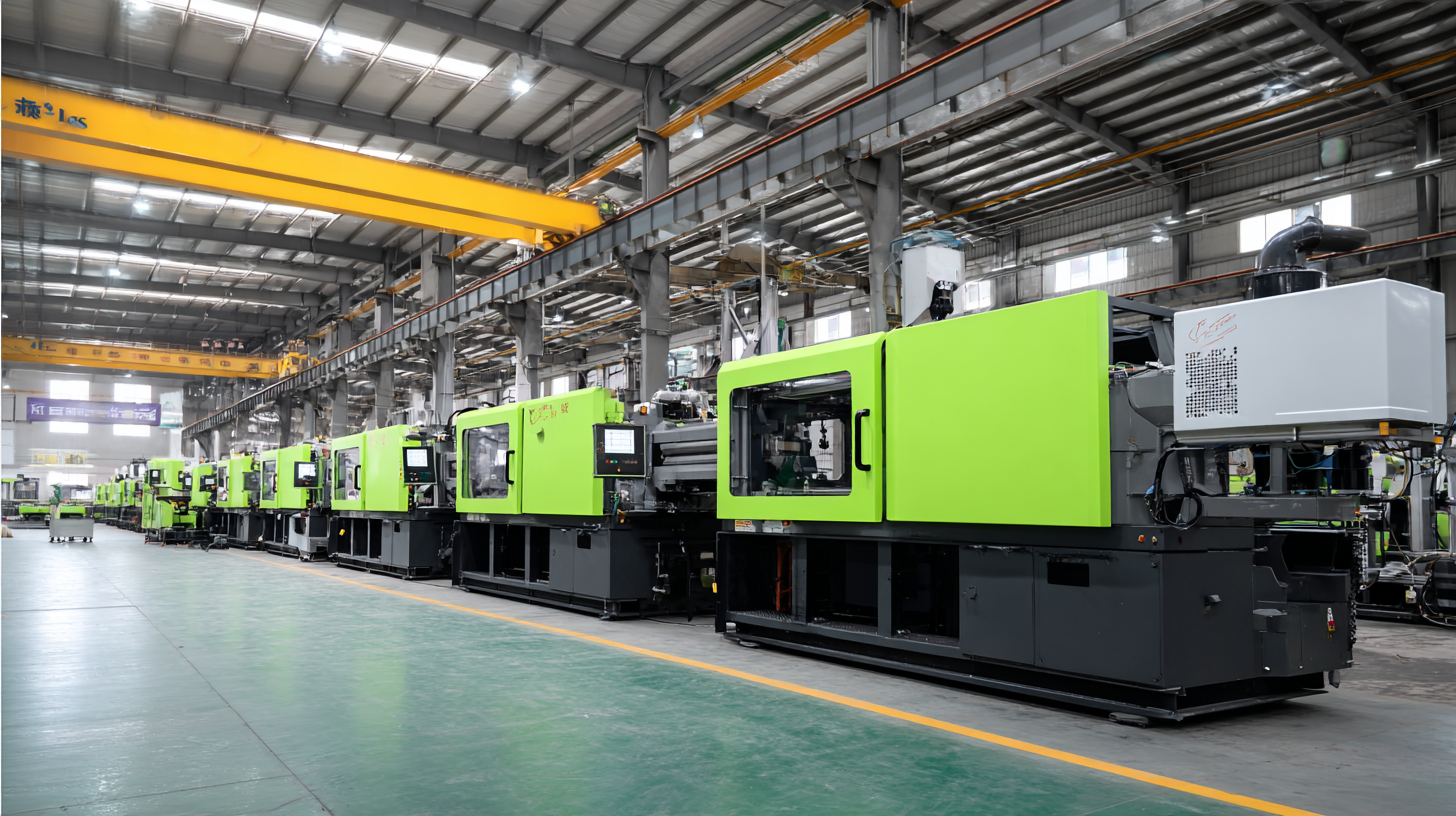
Control features are equally vital when choosing an injection machine. Look for machines that offer user-friendly interfaces, programmable logic controllers (PLCs), and real-time monitoring capabilities. These features not only simplify operation but also allow for precise control over the injection process, leading to improved product quality and consistency. A machine with advanced diagnostic tools and data logging functions can help troubleshoot issues proactively and enhance overall productivity. By carefully evaluating the automation and control features of injection machines, businesses can make informed decisions that boost operational efficiency and meet specific manufacturing requirements.
When considering the cost of setting up an injection molding operation, it's essential to understand the financial implications of selecting the right plastic injection machine. According to Industry Insights, the average cost of a plastic injection molding machine ranges from $15,000 to $150,000, depending on the size, features, and production capabilities. This significant investment necessitates a thorough budgeting process to ensure that your business can sustain not just the purchase but also the operational costs associated with maintenance, energy consumption, and raw materials.
Additionally, a report from MarketsandMarkets indicates that the global injection molding machine market is expected to reach $12.7 billion by 2026, reflecting an annual growth rate of 3.5%. This trend underscores the importance of efficient budgeting, as businesses must allocate funds for both immediate setup costs and long-term operational efficiency. Implementing a strategic financial plan that includes estimated costs for machine upgrades, workforce training, and facility modifications can help mitigate risks and position your company for success in a competitive market.
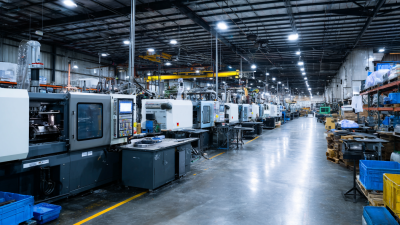
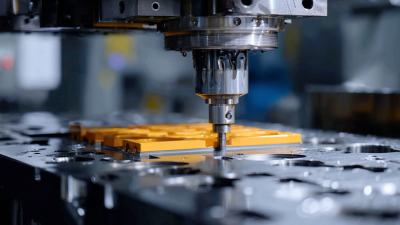

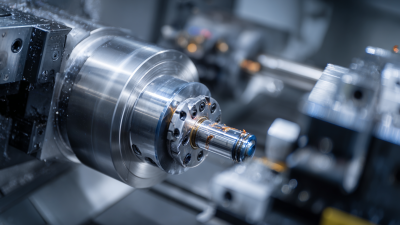
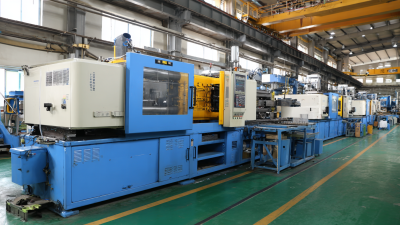
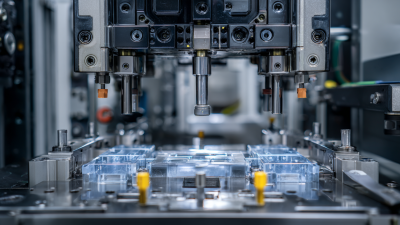
Copyright © 2025 The Toolroom Inc. All Rights Reserved.
Website Design St Louis by IQComputing